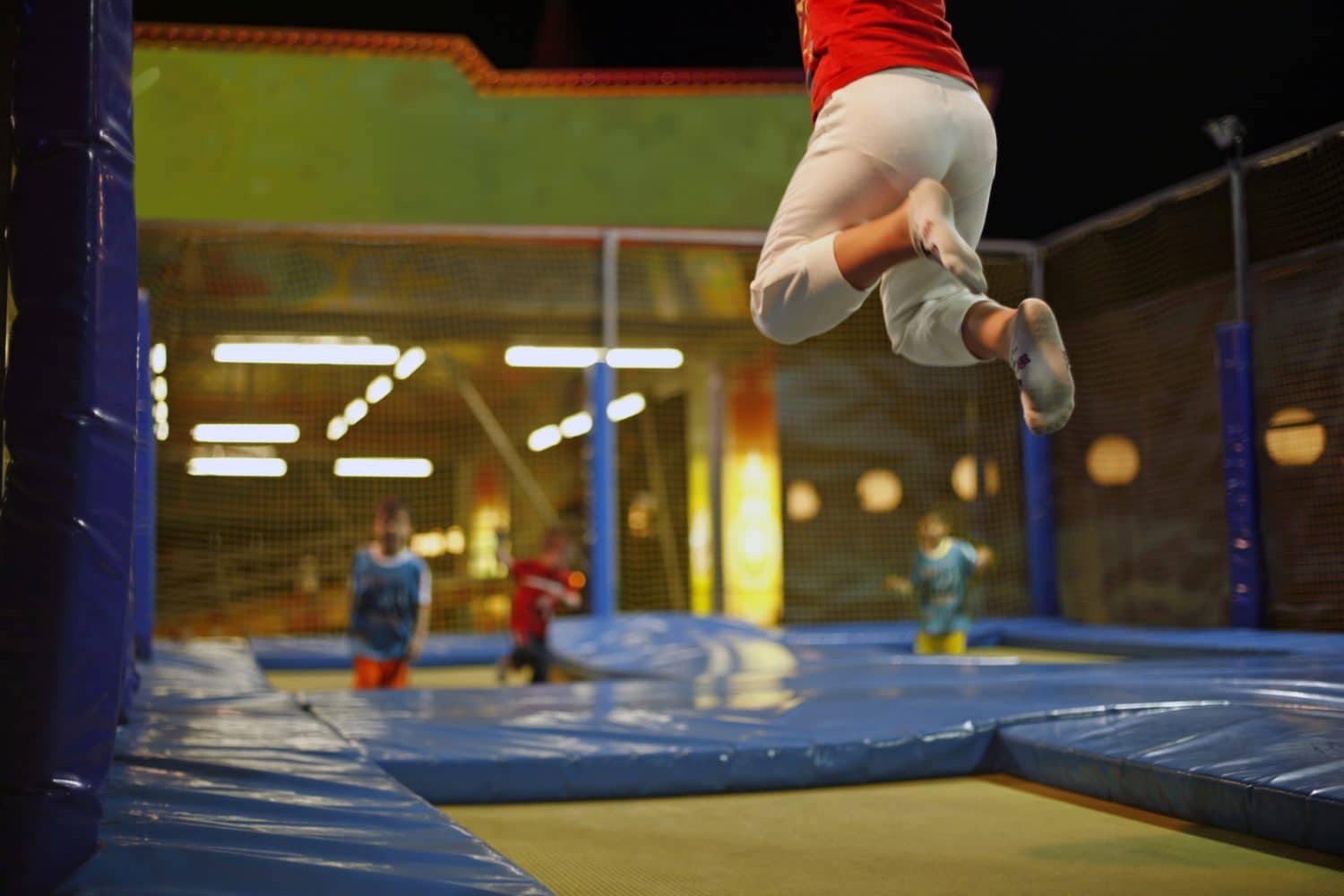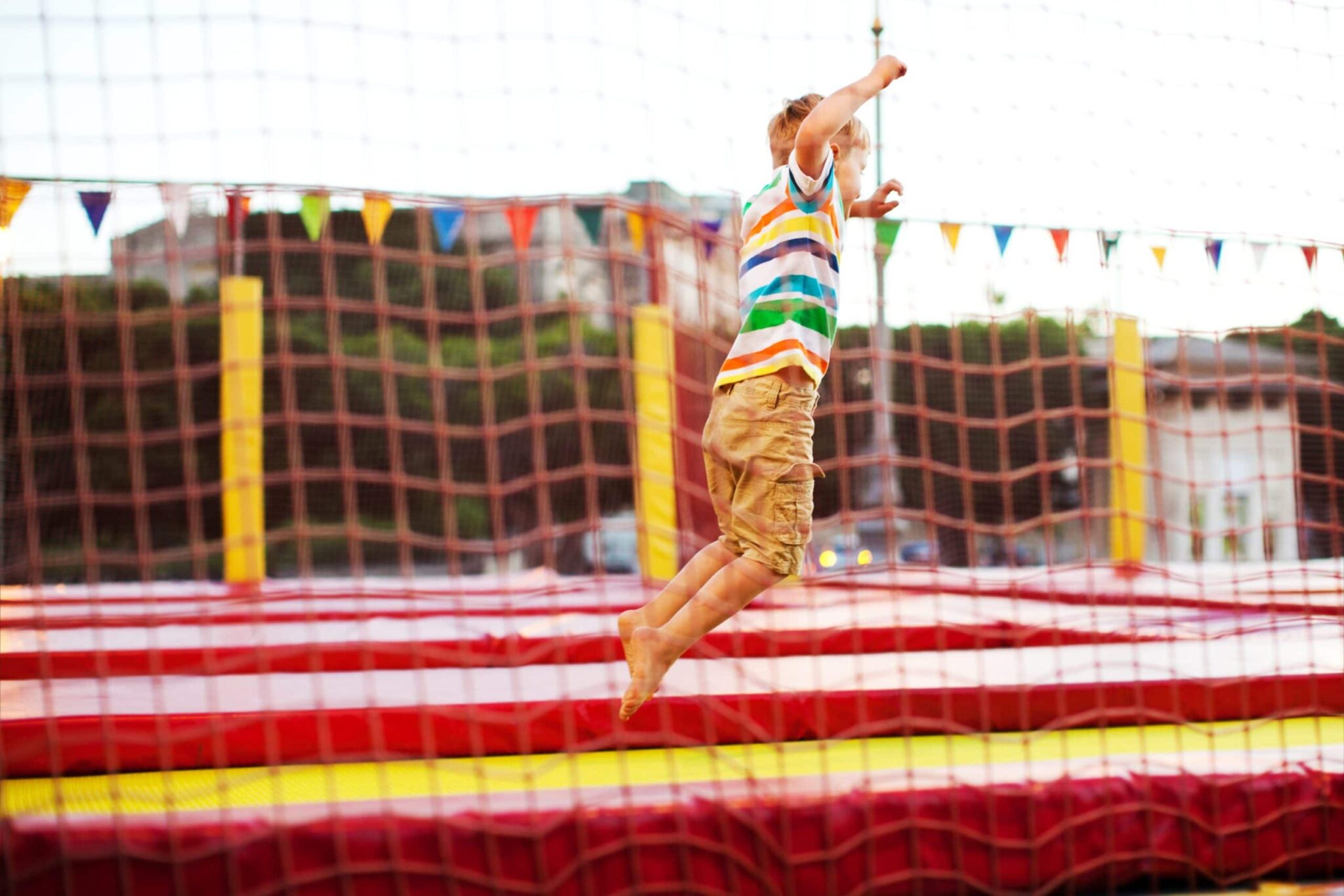The Trampoline Problem
More and more we are seeing serious trampoline injuries from unsuspecting participants who visit trampoline parks. It seems that every week there is a news story from another family pleading with legislatures to regulate trampoline gym facilities, and begging fellow parents to learn about the risks before allowing their children to jump. Florida, Utah, Arizona, Washington—with over 160 trampoline parks operating in the US, and the craze now hitting Europe, we’re going to see even more broken bones, brain and spinal injuries, and even paralysis or death.
At Crosley Law Firm, we specialize representing people who have experienced trampoline injuries. Often trampoline injuries are worse than what people imagine can happen on a trampoline because the equipment is marketed as a fun toy and a way for children and adults to be active. With bouncers reaching extreme heights, and using equipment that may not be well-kept or properly supervised, life-changing and serious injuries can occur. To add to the risk inherent in high jumping, children often bounce with others who can be much bigger than they are, equipment may be old or not replaced until it is broken, and the supervision positions are low-paying jobs, often staffed by teenagers.
Types of Injuries
The Daily Herald explained, doctors have likened trampoline park inuries to “high-speed crashes or someone falling off a 30-foot cliff.” Some doctors have compared trampoline injuries to war injuries because of the severity and gruesome nature of what they’ve seen. Trauma center staff, pediatricians, and other medical experts are speaking out against trampoline parks because the environment is even more dangerous than jumping on a single trampoline at home—an activity still advocated against by organizations like the American Academy of Pediatrics.
Expert Opinions
Our knowledge is informed by experience with trampoline injury cases, as well as similar cases in the news, and information from related experts. The America Academy of Pediatrics advises against trampoline use entirely. In a 2012 report, the AAP concluded that the “potential for severe injury remains relatively high.” Modern trampoline safety measures have not significantly reduced injury rates. Safety measures like netting, perimeter enclosures, and padding have not lead to a decrease in trampoline injuries. As both videos on this page indicate, there are a large number of medical experts who are concerned over what—if anything—can be done to make the parks safer, except for stopping children from jumping altogether.
Increasing Safety
In the case of Arizona, some are attempting to make trampoline parks safer by introducing bills for park regulation, similar to laws that set standards for amusement parks. The Arizona House Bill 2179 included:
- Yearly inspections of trampoline parks, their equipment and the materials used, with consequences for suspected problems.
- At least $1 million mandatory insurance for any bodily harm to patrons.
- Requiring records to be kept on serious injuries and equipment repairs.
- Allow cities and counties to oversee certain aspects of the operation, and charge fees for the oversight services.
Regardless of legislation and safety devices, there is still a great risk when jumping, performing gymnastic moves, flying high in the air, and bouncing with others. It’s no small number of people who are injured. The AAP most recently reported that 98,000 trampoline injuries happen each year.







